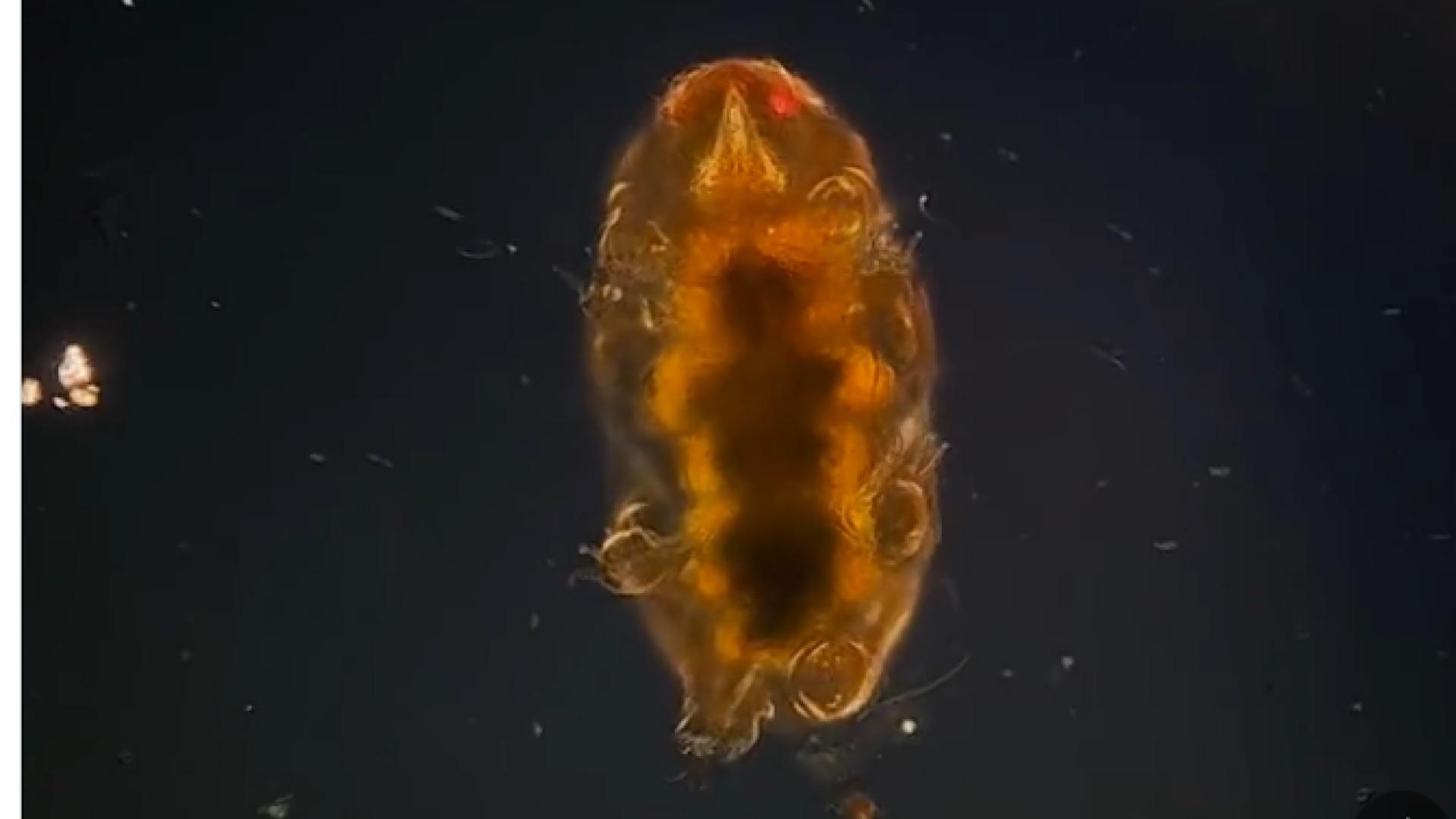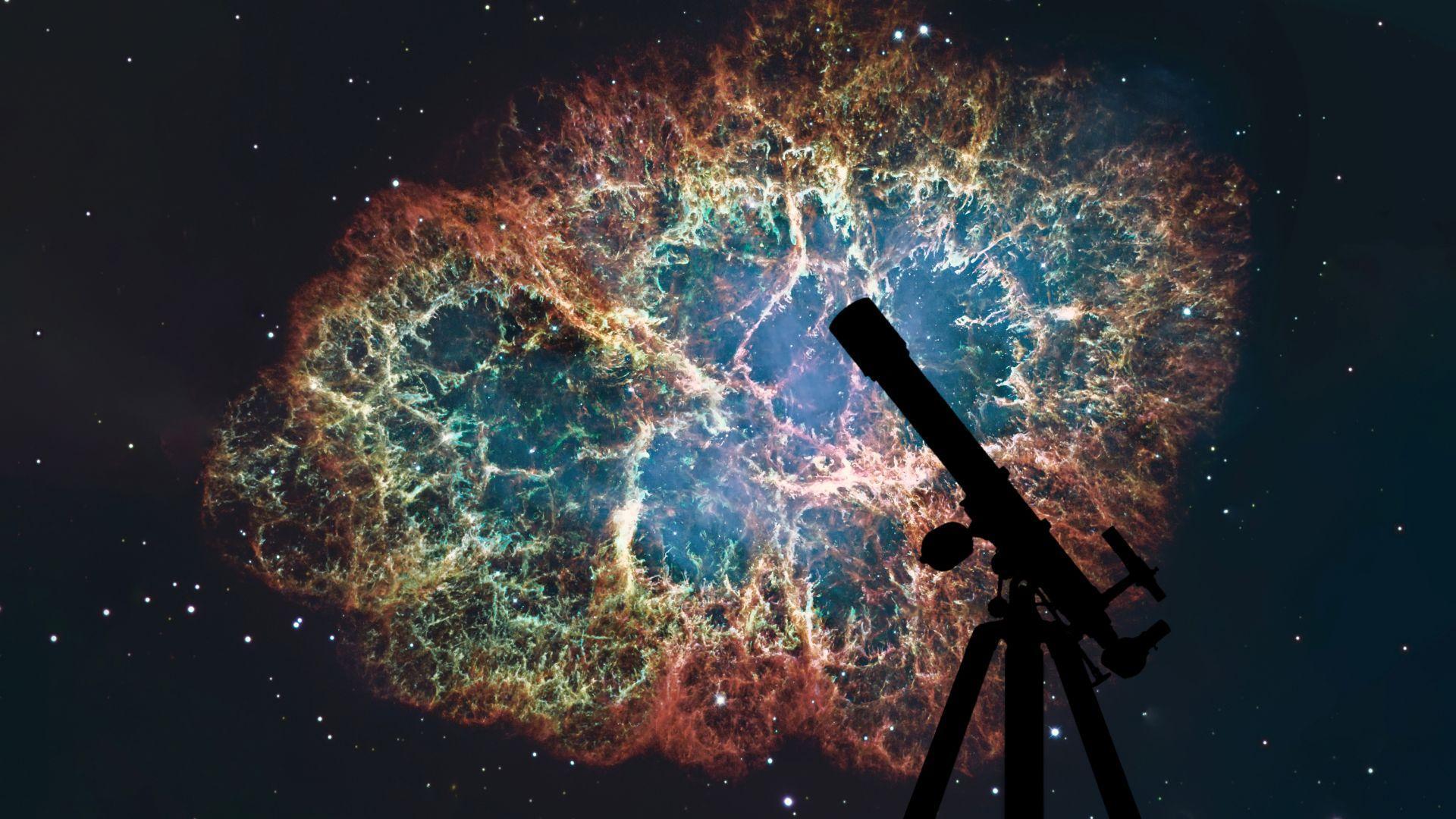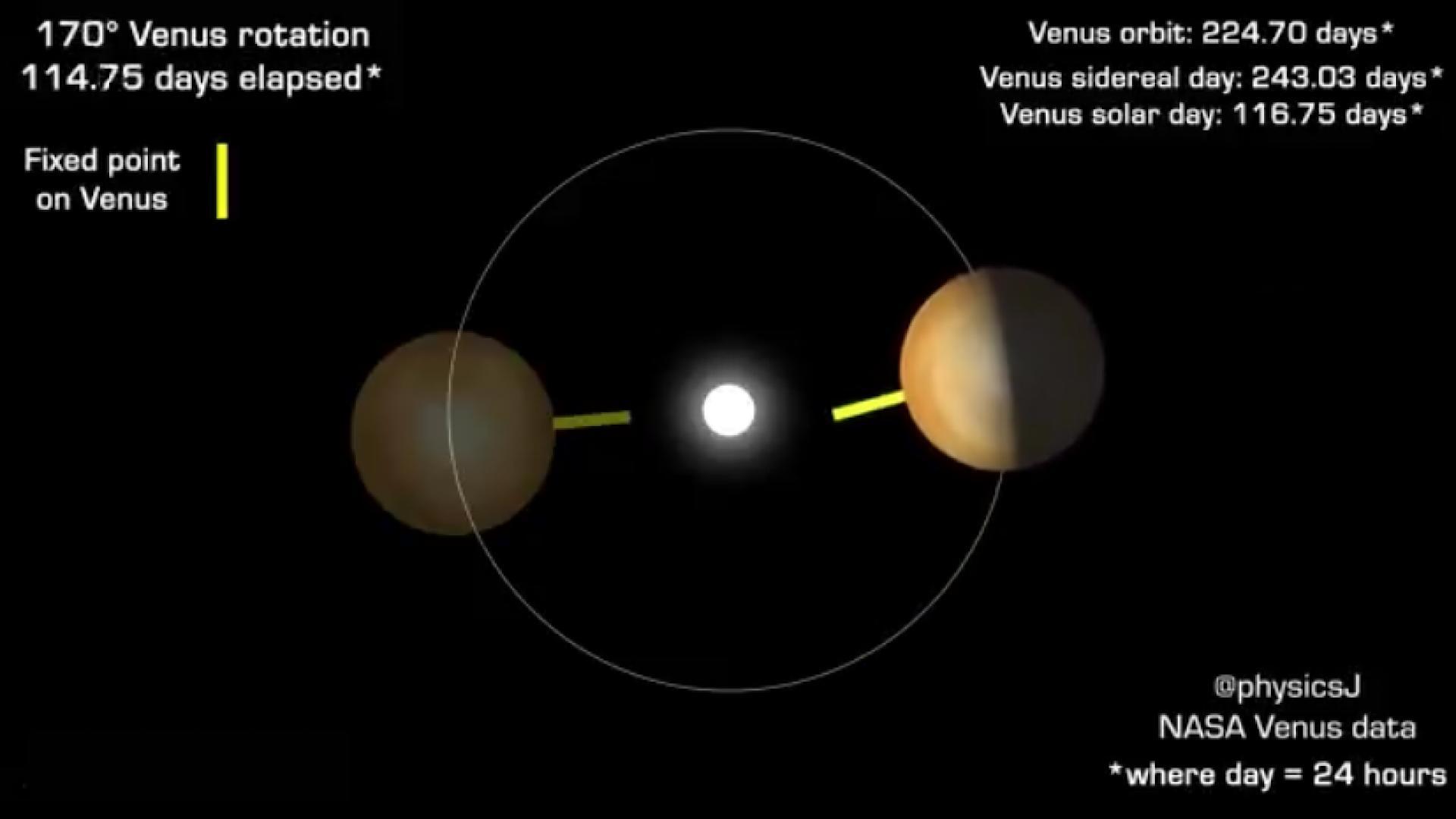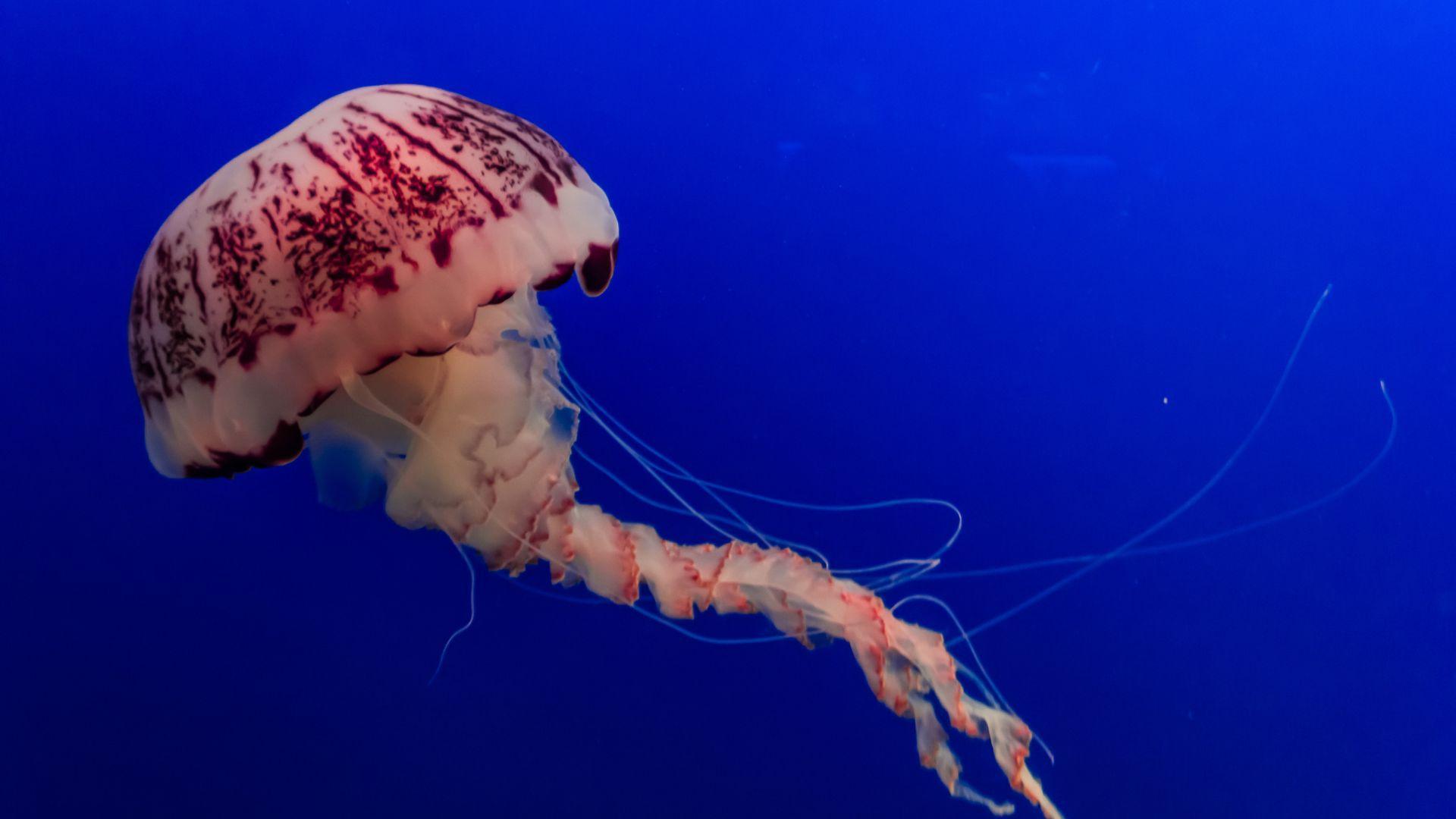Welcome to “Mindbenders,” your portal to the weird, wild, and wonderfully true world of science! Here, we explore the peculiar, paradoxical, and downright bizarre aspects of our universe. From quantum physics to zoology, from astronomy to geology, we uncover scientific truths that seem too strange to be real – but are absolutely, verifiably factual.
Get ready to have your mind blown, your curiosity piqued, and your understanding of the world forever changed. Because at “Mindbenders,” we believe that the truth isn’t just stranger than fiction – it’s far more fascinating. Join us as we journey through the most astonishing, head-scratching facts that science has uncovered.
Raining Diamonds

On Neptune, it literally rains diamonds. This celestial bling occurs due to the planet’s unique atmospheric composition and extreme conditions. Methane in Neptune’s atmosphere decomposes under immense pressure and temperature, releasing carbon atoms. These atoms cluster together, forming diamond crystals that fall like rain through the planet’s mantle.
Scientists believe these diamonds eventually sink to the planet’s rocky core, potentially forming a layer of diamond “snow” on its surface. This phenomenon not only showcases the incredible diversity of planetary conditions in our solar system but also provides insights into the behavior of materials under extreme pressures.
Tardigrades – a.k.a water bears

Tardigrades, also known as water bears, are microscopic creatures with an extraordinary ability to survive extreme conditions, including the vacuum of space. These tiny organisms can enter a state of cryptobiosis, essentially suspending their metabolism and becoming nearly indestructible.
In this state, they can withstand temperatures from near absolute zero to over 150°C, radiation levels thousands of times higher than lethal doses for humans, and the vacuum and solar radiation of outer space. Experiments have shown tardigrades surviving exposure to open space for days. Their resilience makes them prime candidates for studying survival mechanisms in extreme environments and potential space colonization.
Neutron Star

Neutron stars, the collapsed cores of massive stars, are among the densest objects in the universe. Their density is so extreme that a teaspoonful would weigh about 6 billion tons – roughly the weight of a mountain. This incredible density results from the star’s gravitational collapse, which crushes protons and electrons together to form neutrons.
The neutrons are packed so tightly that a neutron star with a radius of just 10 kilometers can have a mass greater than our Sun. This extreme density creates unique physics, including gravitational fields so intense that they bend light and distort our understanding of space-time.
Honey Never Spoils

Honey’s eternal shelf life is a testament to its unique chemical properties. Its low moisture content and high acidity create an environment inhospitable to bacteria and microorganisms. Additionally, bees add an enzyme that produces hydrogen peroxide, further preserving the honey. These properties have allowed honey to remain edible for millennia.
Archaeologists have discovered 3000-year-old honey in ancient Egyptian tombs, still perfectly preserved and safe to eat. This longevity made honey a valuable food source and medicine in ancient cultures, and it continues to fascinate scientists studying food preservation techniques today.
Bananas vs. Strawberries

In a twist of botanical classification, bananas are berries, but strawberries aren’t. This surprising fact stems from the scientific definition of a berry: a fruit produced from a single ovary of a flower. Bananas fit this description perfectly, developing from a single flower ovary and containing seeds (those tiny black specks).
Strawberries, however, develop from the receptacle of the flower, with their “seeds” actually being individual fruits called achenes. This classification quirk extends to other fruits too – botanically speaking, raspberries and blackberries aren’t berries, but tomatoes, avocados, and even pumpkins are!
Days on Venus

Venus, often called Earth’s twin due to similar size and mass, has a day longer than its year – a cosmic oddity that challenges our understanding of planetary rotation. While Venus completes an orbit around the Sun in about 225 Earth days, it takes approximately 243 Earth days to complete one rotation on its axis.
This strange phenomenon is due to Venus’s retrograde rotation (opposite to most planets) and its thick atmosphere, which creates strong winds that influence the planet’s spin. This unique characteristic affects Venus’s climate and atmospheric patterns, making it a fascinating subject for planetary scientists studying the diverse rotational behaviors of celestial bodies.
Trees Communication

Beneath the forest floor lies an intricate network of fungal threads, often called the “Wood Wide Web,” enabling trees to communicate and share resources. This underground system, composed of mycorrhizal fungi, connects the roots of different trees, even across species. Through this network, trees can transfer nutrients, send distress signals about drought and disease, and even nourish their offspring.
Some older, larger trees act as hubs, supporting younger trees in shaded areas. This discovery has revolutionized our understanding of forest ecosystems, revealing them to be complex, interconnected communities rather than collections of individual organisms competing for resources.
The Immortal Jellyfish

The Turritopsis dohrnii, known as the immortal jellyfish, possesses an extraordinary ability to reverse its life cycle, potentially achieving biological immortality. After reaching sexual maturity, this tiny jellyfish can revert to its juvenile polyp stage through a process called transdifferentiation, where adult cells transform into different cell types.
This cycle can repeat indefinitely under the right conditions, effectively escaping death by old age. While they can still die from predation or disease, their unique ability has made them a subject of intense study in the fields of regenerative medicine and aging research, offering potential insights into cellular plasticity and longevity in other organisms, including humans.
Human Body and Carbon

The human body is a remarkable carbon-based entity, containing enough of this versatile element to produce approximately 900 pencils. Carbon forms the backbone of all organic molecules essential for life, including proteins, carbohydrates, and DNA. An average adult human body is about 18% carbon by mass, equating to roughly 16-18 kg of carbon.
This abundance reflects carbon’s crucial role in biological processes, from energy storage to cellular structure. The fact that our bodies contain enough carbon for 900 pencils not only illustrates our composition but also highlights the interconnectedness between human biology and the broader carbon cycle in nature.

